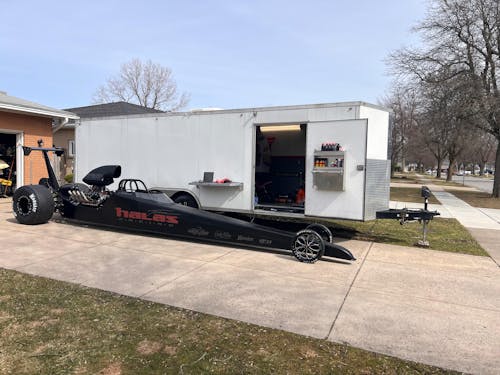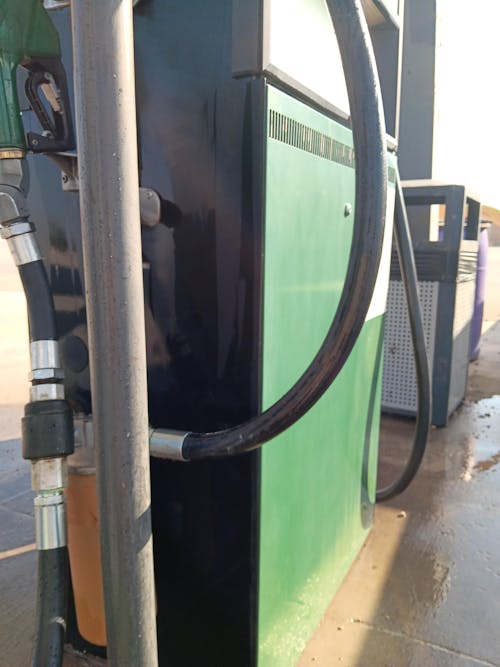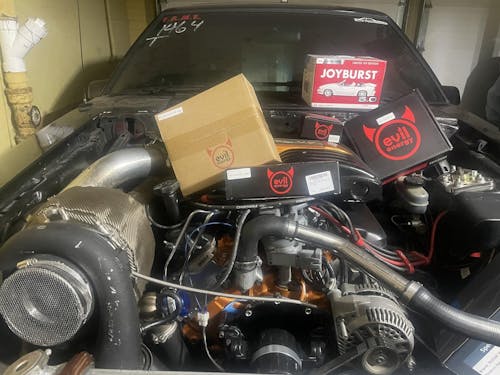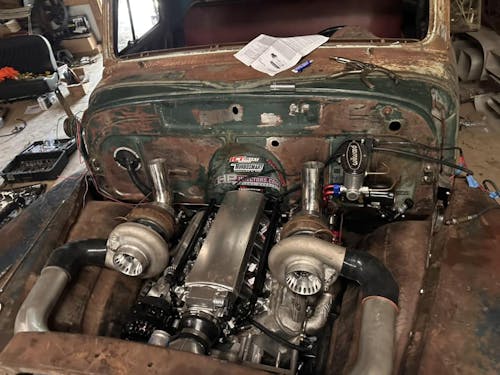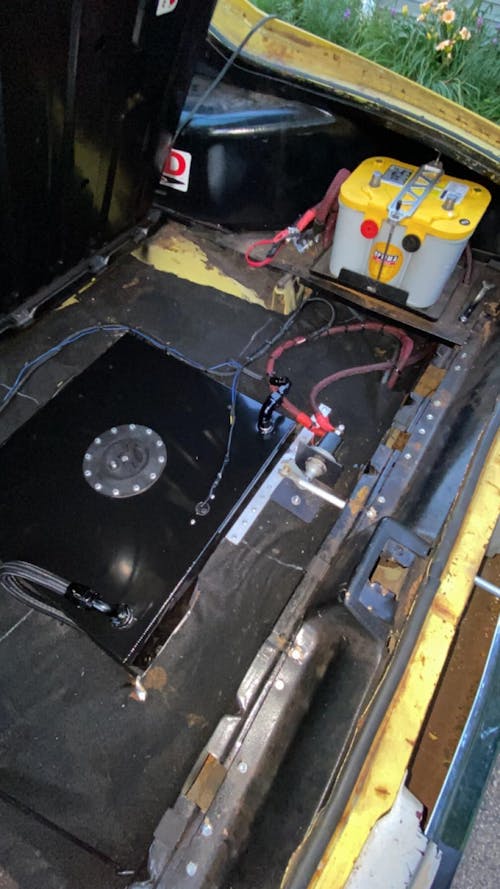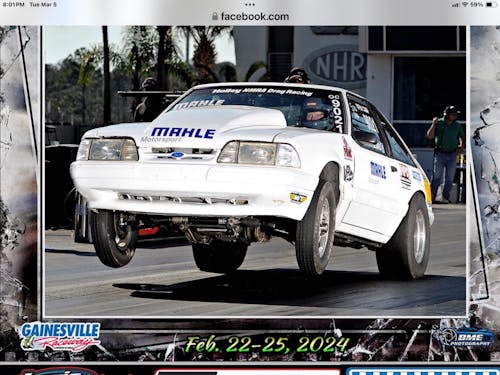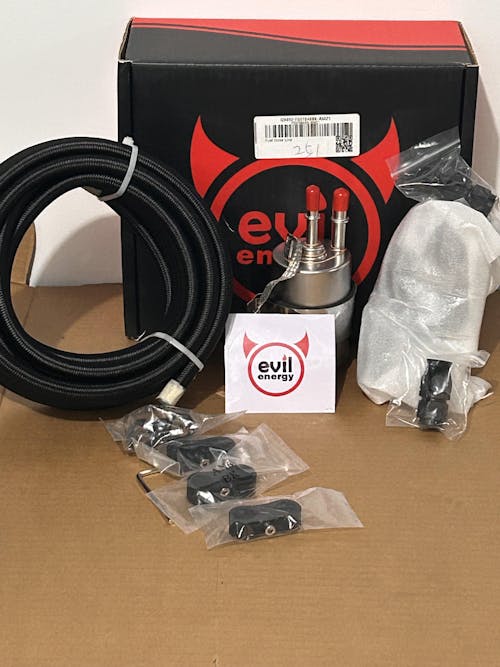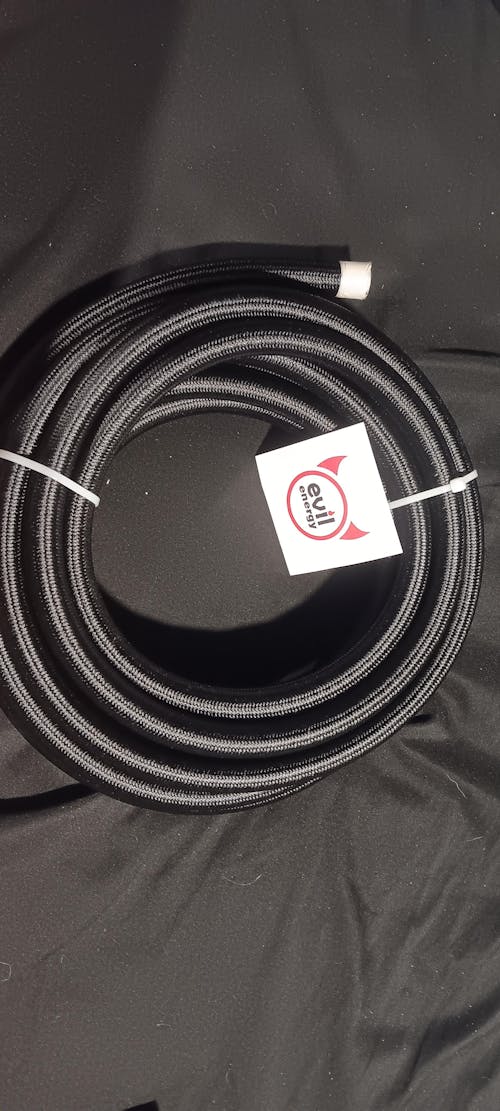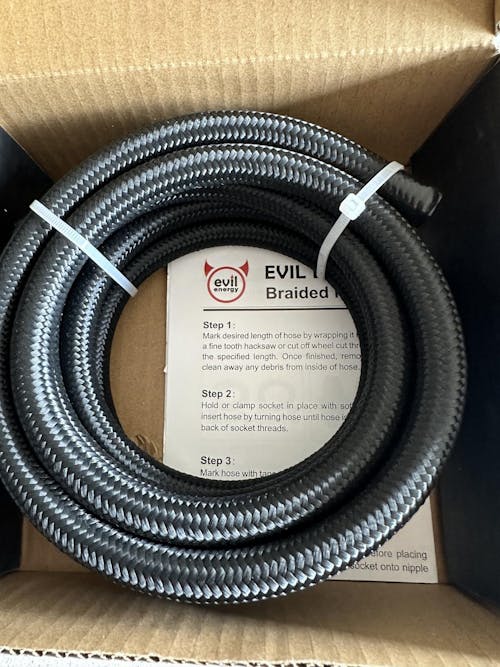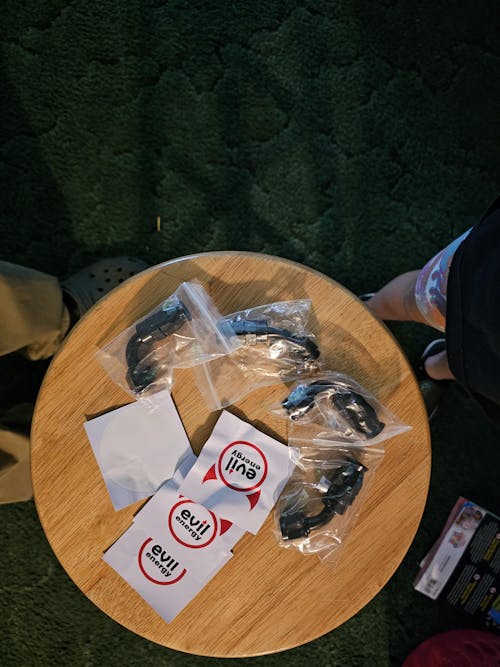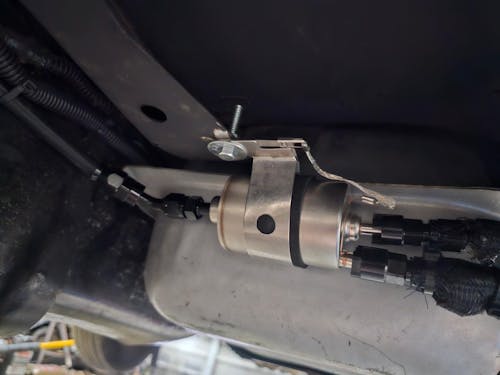How to Adjust New Fuel Pressure Regulator: A Simple Guide
Adjusting a fuel pressure regulator is key to making sure your car runs smoothly, whether it's for daily driving or racing. In this guide, we'll walk you through the process step-by-step, explaining how to set the fuel pressure correctly in simple terms while covering the essential details.
What is a Fuel Pressure Regulator?
A fuel pressure regulator is an essential component in a vehicle's fuel system. It maintains the desired fuel pressure in the fuel rail, ensuring that the engine receives the correct amount of fuel for optimal performance. There are primarily two types of regulators: Bypass Style and Blocking Style.
Bypass Style Regulators allow fuel to flow continuously back to the tank when there's no demand from the engine, which helps maintain consistent pressure.
Blocking Style Regulators, on the other hand, stop the flow of fuel completely when the engine is not demanding it. This can lead to a phenomenon known as pressure creep, which can complicate adjustments.

Why Proper Fuel Pressure is Important
Getting the right fuel pressure is essential for your engine's performance. If it's set too low or too high, you can run into problems like:
- Poor throttle response (delayed reaction when you press the gas)
- Engine misfires (the engine doesn't fire correctly)
- Even engine damage in extreme cases
High-performance cars or engines with upgrades like bigger injectors or turbochargers need precise fuel pressure to run properly.
Preparing for Fuel Pressure Regulator Adjustment
Before you dive into adjusting your fuel pressure regulator, it's crucial to gather the right tools and ensure you're in a safe environment.
Tools You’ll Need
- A reliable fuel pressure gauge
- A wrench or Allen key (depending on your FPR type)
- A vacuum line cap (if applicable)
- Safety goggles and gloves for protection
- A high-quality fuel pressure regulator (gotta have one to adjust it, right?)
Ensure a Safe Environment
Park your vehicle on a flat surface and ensure the engine is cool to prevent burns. Disconnecting the battery is also recommended to eliminate any risk of electrical shock or short-circuiting while you work.
Step-by-Step: Adjusting Your Fuel Pressure Regulator
#Step 1. Locate Your Fuel Pressure Regulator
The first step is identifying where the fuel pressure regulator is located. Typically, it can be found on the fuel rail (where the fuel injectors connect) or near the intake manifold. If you're unsure, check your car's manual to find it.

#Step 2. Disconnect the Vacuum Line (If It Has One)
Some fuel pressure regulators have a vacuum line attached. If yours does, disconnect it and put a cap on the line. This step is crucial because it makes sure you can set the base fuel pressure without the vacuum affecting the reading.
#Step 3. Start the Engine
With the vacuum line disconnected, start your engine and let it idle. This allows you to see the fuel pressure while the engine is running.
#Step 4. Check the Current Fuel Pressure
Use the fuel pressure gauge to check the current pressure at idle. Most cars will need a baseline pressure between 43 and 58 psi, but the exact number depends on your specific car and any modifications. Check your vehicle's manual or the regulator's specs for the correct pressure.
#Step 5. Adjust the Fuel Pressure
- If you need to increase the pressure, turn the adjustment screw clockwise.
- To decrease the pressure, turn it counterclockwise. Make small adjustments and wait a few moments for the pressure to stabilize before checking again with the gauge.

#Step 6. Recheck the Pressure
After making adjustments, check the pressure again. You may need to repeat the process a few times until the pressure matches your car's requirements.
#Step 7. Reconnecting Vacuum Line for Normal Operation
Once you've achieved the desired pressure with the vacuum line disconnected, reconnect it back to its original position. This will adjust the pressure slightly, but it should still be within the proper range.
Common Issues You Might Encounter
- Inconsistent Pressure Readings: This could be due to a faulty fuel pump or dirty fuel filter.
- Pressure Creep: When the pressure keeps rising, often in blocking-style regulators. Make sure to diagnose the cause if this happens.
You've Got This! Enjoy Tuning Your Fuel Pressure Regulator
With these steps, you’re well on your way to fine-tuning your fuel pressure for optimal engine performance. Whether you’re a racer or a DIY enthusiast, properly adjusting your fuel pressure regulator can make a huge difference in your vehicle’s power and response. Enjoy the process and the boost in performance!


![EVIL ENERGY 4/6/8/10AN PTFE Fuel Line Kit | E85 Nylon Braided Hose | 16/20FT Black Black with Comprehensive Fittings [20FT]](http://www.ievilenergy.com/cdn/shop/files/Test-2025-Evilenergy-125598065_165x.png?v=1742144807)
![ptfe hose fitting kit [16FT]](http://www.ievilenergy.com/cdn/shop/files/Test-2025-Evilenergy-125598171_165x.png?v=1742144807)
![CPE Fuel Line[25FT]](http://www.ievilenergy.com/cdn/shop/files/25FTCPE_FuelLine_165x.png?v=1735220649)
![CPE Fuel Line[20FT]](http://www.ievilenergy.com/cdn/shop/files/20FTCPE_FuelLine_165x.png?v=1735220649)

